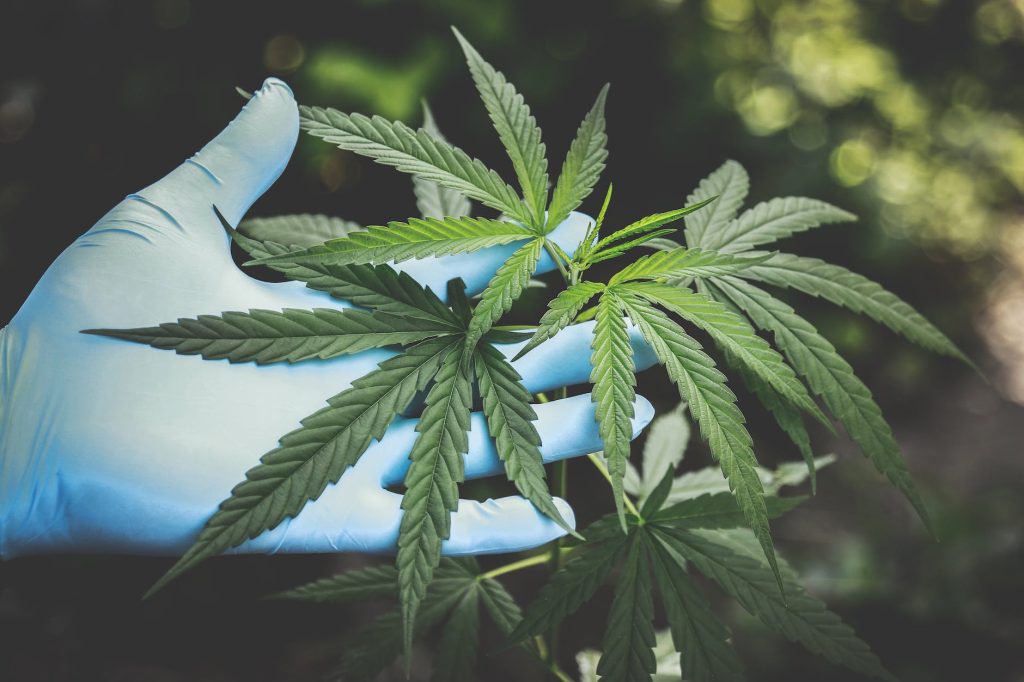Vegetative Cycle of cannabis is an intricate journey where understanding the nuances of each growth phase can make the difference between an average yield and an exceptional harvest. Among these stages, the vegetative cycle stands as the foundation for robust and healthy marijuana plants. In this article, we explore the critical aspects of the vegetative phase, encompassing pH levels, temperature, lighting, and other key factors that contribute to successful growth.
pH Levels: Cultivating Balance
In the vegetative phase, cannabis plants thrive in a slightly acidic to neutral environment. Maintaining the pH level of the growing medium, whether soil or hydroponic solution, within the range of 5.8 to 6.5 is paramount. This range facilitates optimal nutrient absorption by the roots, preventing nutrient deficiencies and ensuring the plants’ overall vitality. If your having PH issues doing a soil slurry test is a great idea.
Temperature: The Goldilocks Zone
Temperature plays a pivotal role in promoting vigorous vegetative growth. The ideal temperature range is between 70°F to 85°F (21°C to 29°C) during the day, with a slightly cooler night temperature. Consistency is key; abrupt fluctuations can stress the plants and hinder growth. Maintaining an environment that emulates nature’s nurturing warmth encourages healthy development.

Lighting: Illuminating Potential of Vegetative Cycle
Lighting serves as the energy source that fuels the vegetative phase. When cultivating cannabis indoors, selecting the right grow lights is crucial. High-quality lights that emit both a blue and red spectrum provide the essential wavelengths needed for robust growth. During the vegetative stage, offer your plants 18 to 24 hours of light each day. Whether you choose high-intensity discharge (HID) lights, fluorescent lights, or modern LED setups, a sufficient light supply is essential for leafy growth. During veg you do not need your lights close to the plants.
Light Schedule: A Dance of Light and Shadow
Marijuana plants have an innate circadian rhythm, making a consistent light schedule crucial. Most growers opt for an 18/6 or 24/0 light schedule (hours of light/darkness) during the vegetative phase. This steady influx of light promotes continuous growth. Some strains might even thrive with short periods of darkness (e.g., 20/4), emulating the natural conditions they’d experience outdoors.
Humidity: A Balancing Act
The right humidity level ensures a hospitable environment for your plants. Aim for a relative humidity of around 60-70% during the vegetative phase. Higher temps will require more humidity. While higher humidity levels are generally more tolerated at this stage, keeping an eye on potential mold growth is essential. Proper humidity management safeguards against moisture-related issues and promotes lush growth.
Air Circulation and Ventilation: The Breath of Life
Creating an environment with adequate air circulation and ventilation is fundamental to the vegetative phase. Proper airflow not only prevents mold but also strengthens stems and encourages healthy development. Utilize fans to maintain optimal air movement within your growing space. In enclosed environments, consider installing ventilation systems to ensure a constant exchange of fresh air.
Nutrients: Nourishing the Green
During the vegetative phase, marijuana plants demand higher levels of nitrogen. Nitrogen supports the growth of lush foliage, making it a critical element in your nutrient regimen. A balanced fertilizer or nutrient solution with a higher N-P-K ratio, such as 3-1-2, provides the necessary nutrients for healthy vegetative growth.
Training and Pruning: Shaping Potential
The vegetative phase is the opportune time to shape your plants. Techniques such as topping, FIMing (removing part of the shoot), and low-stress training (LST) encourage bushier growth and the development of multiple colas. By sculpting the plant’s structure, you optimize light exposure and create a strong foundation for the flowering stage.
Conclusion: Green Path to Success
The vegetative cycle of marijuana plants is a foundational journey where care and attention sow the seeds for a bountiful harvest. From pH levels that maintain equilibrium to a dance of light and shadow, each element harmoniously contributes to healthy growth. As cultivators, nurturing these factors during the vegetative phase sets the stage for vibrant, flourishing plants that will ultimately yield the rewards of a successful cultivation endeavor.








Visitor Rating: 5 Stars
Visitor Rating: 5 Stars
Keep up the fantastic work and continue to inspire us all!